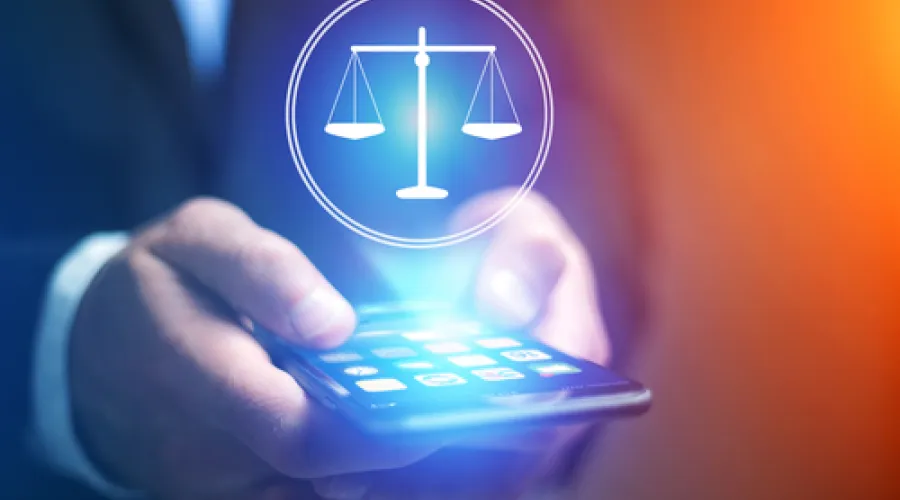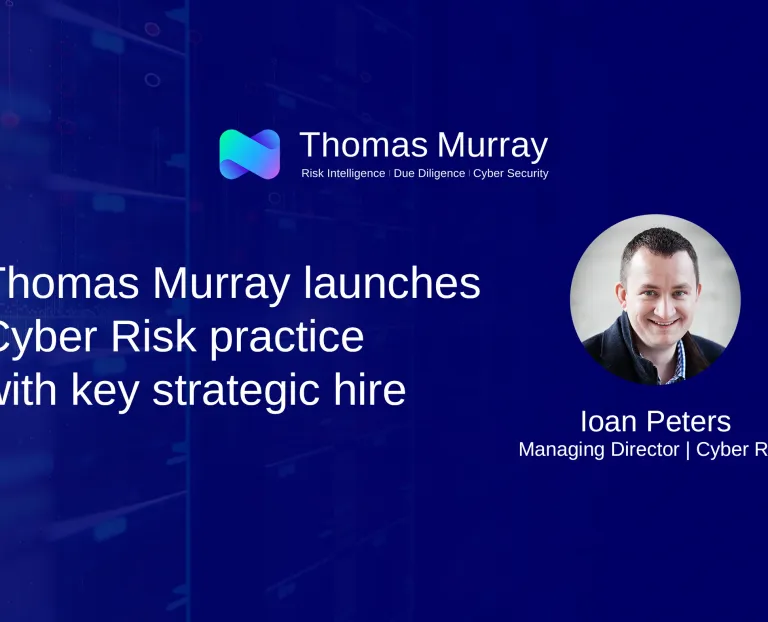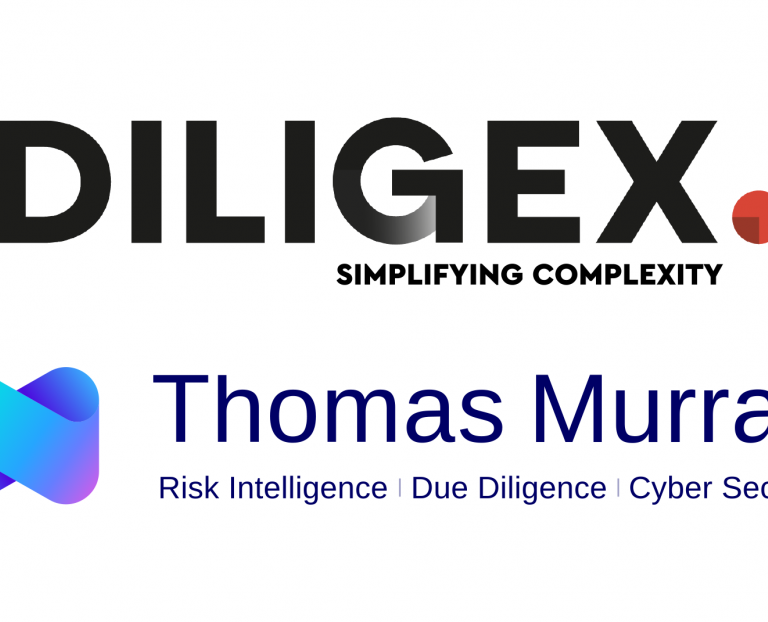Digital forensics, also known as computer forensics, is a multi-disciplinary field. It plays a crucial role in investigating and analysing digital evidence to solve cyber crimes and identify types of malware. However, as our reliance on digital devices continues to grow, so does the importance of digital forensics in preserving, analysing, and presenting electronic evidence in legal proceedings.
What is digital forensics?
Thanks to the success of TV’s CSI: Crime Scene Investigation franchise, many of us are now aware of the work done by a variety of specialist forensic investigators to assist law enforcement agencies in building their cases. Similarly, digital forensics describes the collection, preservation, analysis, and presentation of electronic evidence to a standard that allows it to be admissible in a court of law.
This evidence could range from emails, documents, and images to log files, internet provider (IP) addresses, network traffic, and system configurations.
The primary goal of digital forensics is to uncover, interpret, and document electronic artefacts to support or refute a hypothesis about digital activity. This could be anything from employee misuse of an organisation's hardware and software, to criminal activity resulting in court proceedings.
Investigative techniques will vary on a case-by-case basis. Experts will often work with other cyber security specialists to provide incident response services, especially in the wake of a cyber attack.
What methods does a forensic investigator use?
A detailed description of how a typical investigation unfolds can be found here, but in brief the usual methods are:
Identifying and collecting potential evidence
This includes seizing and preserving digital devices such as computers, mobile phones, servers, and storage media. Specialised tools are used to create forensic images, preserving the state of the device without changing its contents.
Preserving the integrity of the evidence
Forensic experts use write-blocking tools to ensure that the original data on the seized device remains unaltered during the investigation. This step is crucial for ensuring the admissibility of evidence in court.
Analysing and examining the data
Once the evidence is collected and preserved, forensic analysts employ various techniques to examine and analyse the data. This may involve recovering deleted files, examining system logs, and identifying patterns of user behaviour. The examiner also seeks to exclude irrelevant information, such as unrelated personal data. Advanced tools, such as forensic software suites, help streamline the analysis process.
Reconstructing and documenting the chain of events
Reconstruction involves piecing together the events leading up to and following a cyber incident. Forensic experts create a timeline of digital activities, providing a comprehensive overview of the sequence of events.
What are the key challenges in digital forensics?
As with any cyber-related discipline, the rapid rate of change means that the difficulties faced by practitioners of digital forensics are also in a permanent state of flux. However, there are some evergreen issues that these experts must grapple with.
The first is the rapid evolution of technology. New devices, applications, operating systems, and communication methods constantly emerge, requiring forensic experts to stay abreast of technological advancements.
The widespread use of encryption to secure data privacy presents a hurdle for digital forensics investigators. While encryption is a legitimate way for people to protect their reasonable expectations of privacy and security, it also complicates the extraction and analysis of evidence. Striking a balance between privacy rights and the needs of law enforcement is an ongoing challenge.
Digital evidence can be volatile, subject to alteration or deletion if not handled with care. Proper preservation techniques are crucial to maintaining the integrity of evidence, ensuring its reliability in legal proceedings.
And, finally, cyber crime is global in nature. Physical borders are no obstacle to cyber threat actors, so collaboration between state and international law enforcement agencies can be a challenge. To be effective investigators, digital forensics experts must know how to navigate legal and jurisdictional complexities.
What are the main use cases for digital forensics?
Digital forensics is pivotal in preventing and investigating cyber crimes. It enables law enforcement agencies to track and apprehend criminals involved in hacking, identity theft, and online fraud.
Organisations and businesses leverage digital forensics to enhance corporate security measures. This covers everything from protecting personnel on-site to shielding valuable intellectual property and sensitive data. In the event of a security breach, forensic analysis helps organisations to:
- identify the extent of the compromise;
- assess the damage; and
- implement measures to prevent future incidents.
Digital evidence is now a fundamental part of most legal proceedings, whether related to cyber crime or not. In both criminal cases and civil disputes, digital evidence can:
- provide crucial insights;
- help to establish facts; and
- support the arguments of both the prosecution and the defence.
Digital forensics is integral to national security efforts, helping governments to investigate cyber threats and attacks that may pose risks to critical infrastructure, sensitive information, and the overall safety of a nation.
What does the future hold?
Machine learning and artificial intelligence are revolutionising digital forensics. These technologies can automate the analysis of vast datasets, identify patterns, and enhance the efficiency of investigations. On the flip side, threat actors also use this technology to create more complex types of malicious software (malware).
With the increasing adoption of cloud computing, digital forensics is extending its scope to include remotely stored data. Cloud forensics involves addressing unique challenges associated with remote servers, virtualisation, and shared resources.
As blockchain technology gains prominence, the need for specialised forensic techniques to investigate transactions on decentralised ledgers is growing. Blockchain forensics aims to trace and analyse cryptocurrency transactions for legal purposes.
Addressing the global nature of cyber crimes requires improvements in international collaboration. Efforts to standardise digital forensics practices and share intelligence across borders will be crucial in tackling cyber threats effectively, especially in an era of great geopolitical instability.
Digital forensics is a dynamic and evolving field that continues to adapt to the complexities of the digital landscape. Its significance in preventing, investigating, and prosecuting cyber crimes cannot be overstated. As technology advances, so do the challenges faced by digital forensics investigators. In a world where digital footprints are ubiquitous, access to skilled digital forensics practitioners is essential for safeguarding individuals, organisations, and nations.







